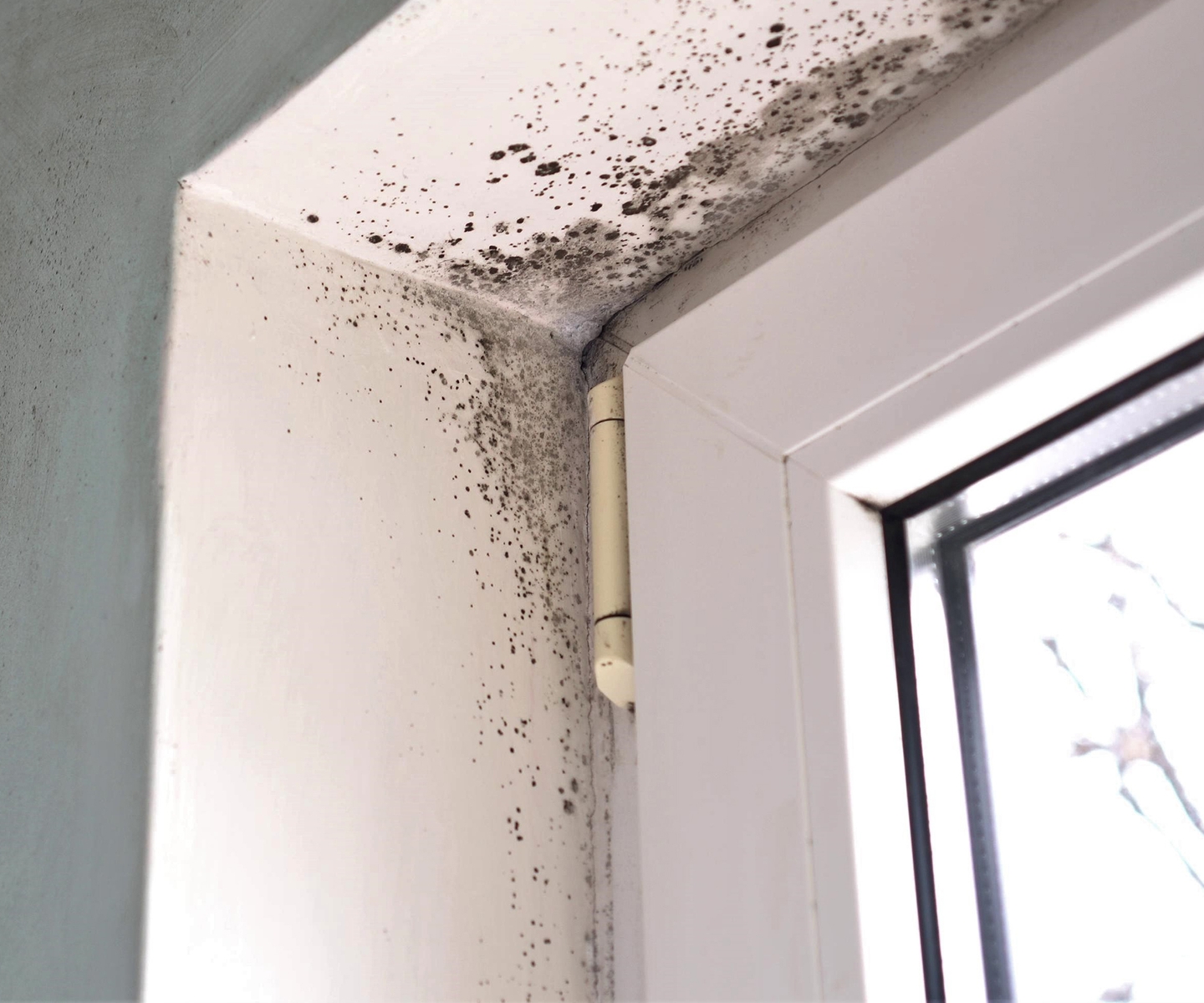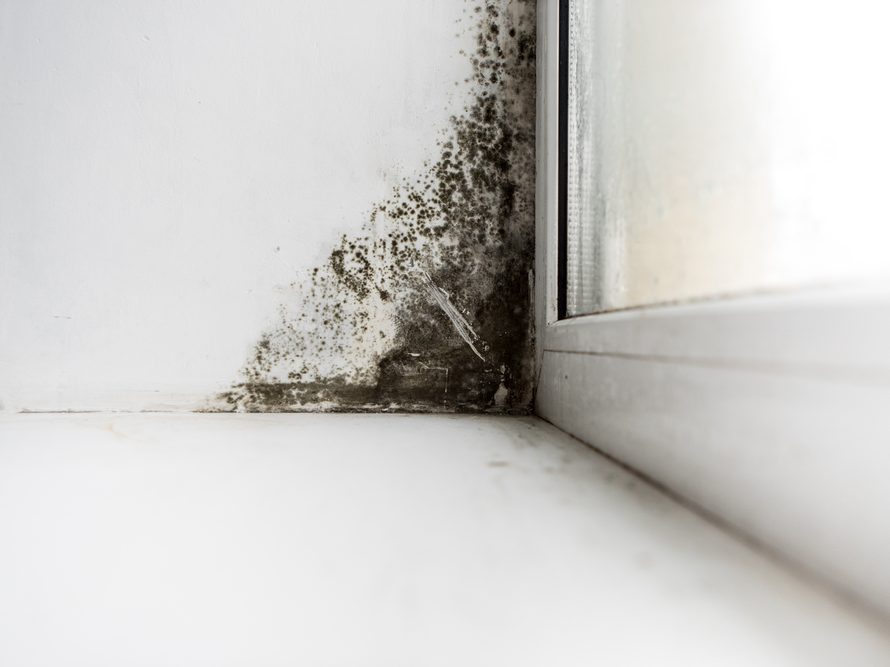Crafting a Detailed Post Mold Remediation Report
Crafting a Detailed Post Mold Remediation Report
Blog Article
Specialist Tips for Message Mold Removal Success
In the world of mold remediation, successfully eliminating mold is only half the fight; the true difficulty exists in stopping its reappearance. By adhering to expert ideas and finest techniques, individuals can guard their spaces versus mold rebirth and maintain a healthy and balanced interior setting.
Monitor Humidity Levels On A Regular Basis
After completing mold removal treatments, preserving optimum moisture degrees is crucial to protect against mold and mildew re-growth and ensure a healthy indoor setting. High humidity degrees over 60% develop a favorable setting for mold to prosper, making regular keeping an eye on an aggressive procedure to avoid any kind of future mold and mildew problems.
In addition, developing a regular schedule for moisture checks, especially in high-risk locations such as cellars, shower rooms, and kitchens, is a proactive method to mold avoidance. By constantly checking moisture levels, property proprietors can successfully alleviate the risk of mold and mildew reoccurrence and maintain a healthy and balanced indoor atmosphere post-remediation.
Conduct Thorough Inspections Post-Remediation
Following the completion of mold and mildew remediation treatments, it is essential to perform extensive assessments to confirm the effectiveness of the remediation procedure. These post-remediation evaluations are important in ensuring that the mold and mildew problem has been effectively addressed which there is no reoccurrence or continuing to be mold growth. Examinations ought to be executed by qualified experts that have experience in determining mold and mildew and evaluating indoor air top quality.
During these assessments, numerous methods such as aesthetic analyses, air sampling, and surface area tasting may be used to thoroughly examine the remediated locations. Visual analyses involve a thorough assessment of the properties to look for any type of noticeable signs of mold growth or water damages. Air sampling assists in identifying the air-borne mold spore degrees, while surface sampling can detect mold and mildew fragments on surfaces.
Implement Correct Air Flow Approaches
After ensuring the effectiveness of the mold removal procedure with detailed examinations, the following essential action is to concentrate on implementing proper ventilation techniques. Appropriate ventilation is essential in protecting against mold and mildew reoccurrence by managing wetness levels and advertising air blood circulation. To attain this, it is recommended to use exhaust followers in locations susceptible to high moisture, such as cooking areas and bathrooms. Additionally, opening up doors and windows when weather allows can aid improve airflow and reduce dampness accumulation. Air cleansers and dehumidifiers are also beneficial devices in maintaining optimum indoor air top quality.
Proper ventilation not just aids in avoiding mold growth however additionally adds to the overall health and wellness and convenience of occupants. By making sure sufficient air flow throughout the building, you can reduce the threat of mold regrowth and create a much healthier living environment. Routine upkeep of ventilation systems, including cleansing and filter substitutes, is critical to maintaining reliable air flow. Consulting with heating and cooling specialists can offer more understandings right into optimizing ventilation strategies for your particular home demands.

Use Mold-Resistant Products for Services
To enhance the long-lasting effectiveness mold removal control of mold removal initiatives, including mold-resistant products for repairs is critical in minimizing the danger of future mold and mildew growth. Mold-resistant materials are developed to hold up against wetness and inhibit mold and mildew development, making them an essential choice for areas prone to wetness and moisture. When fixing areas affected by mold, making use of products such as mold-resistant drywall, mold-resistant paints, and mold-resistant caulking can aid prevent mold reoccurrence.
Mold-resistant drywall is a check over here superb option to traditional drywall in areas like bathrooms and cellars where dampness degrees are greater. When revealed to damp conditions, this type of drywall has a special finish that stands up to mold and mildew growth also. In addition, making use of mold-resistant paints consisting of antimicrobial representatives can even more prevent mold and mildew development on wall surfaces and ceilings.
In areas where dampness is typical, such as washrooms and cooking areas, using mold-resistant caulking around home windows, tubs, and sinks can assist seal out water and prevent mold from holding in cracks and crevices. By buying these mold-resistant materials during repairs post-remediation, you can significantly lower the likelihood of future mold and mildew problems and keep a much healthier interior setting.
Maintain Sanitation and Address Water Issues
Making certain tidiness and promptly resolving water concerns are essential methods to support in securing indoor rooms from mold and mildew reinfestation. After mold and mildew remediation, it is vital to maintain a clean environment to avoid the regrowth of mold and mildew (After mold remediation). Normal cleansing, cleaning, and vacuuming can help remove any kind of remaining mold spores and prevent them from multiplying and working out. Additionally, maintaining interior rooms completely dry and resolving any kind of water issues immediately is necessary in mold prevention. Leaks, water breach, or high humidity degrees can create the perfect breeding place for mold and mildew, so it is imperative to take care of any kind of water-related problems instantly.
To preserve sanitation, take into consideration using HEPA filters in vacuums and air purifiers to trap mold spores and avoid their blood circulation in the air. Moreover, ensuring appropriate ventilation in locations susceptible to moisture buildup, such as washrooms and kitchen areas, can assist maintain humidity degrees in check. By remaining alert concerning cleanliness and addressing water issues promptly, you can effectively protect against mold reinfestation and keep their website a healthy interior atmosphere.
Final Thought

In the realm of mold and mildew removal, successfully removing mold is just half the battle; the real difficulty exists in avoiding its reappearance. After completing mold and mildew removal procedures, preserving optimal humidity levels is essential to stop mold and mildew re-growth and ensure a healthy indoor atmosphere. High moisture levels above 60% produce a helpful environment for mold and mildew to flourish, making normal checking a positive measure to protect against any type of future mold concerns.
To improve the lasting efficiency of mold and mildew remediation initiatives, incorporating mold-resistant materials for repairs is important in alleviating the danger of future mold growth. After mold and mildew removal, it is vital to keep a clean environment to avoid the regrowth of mold and mildew.
Report this page